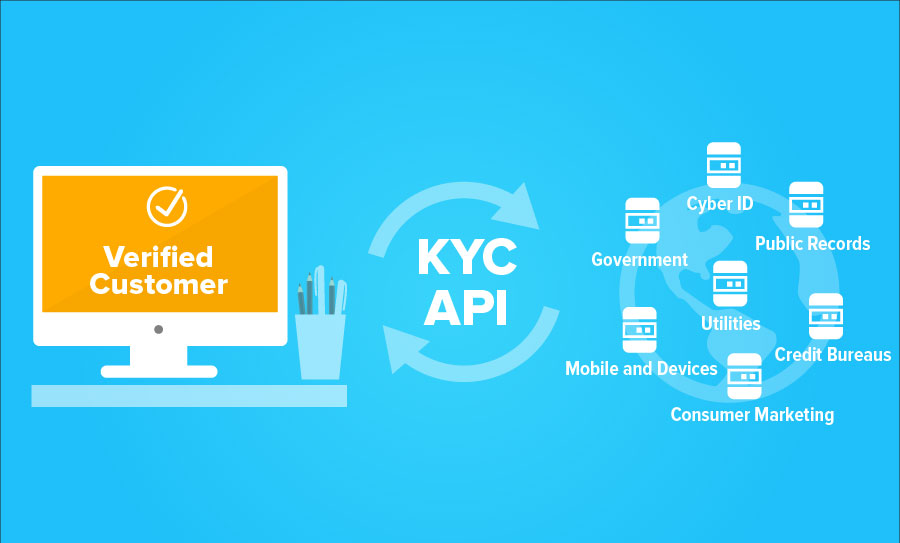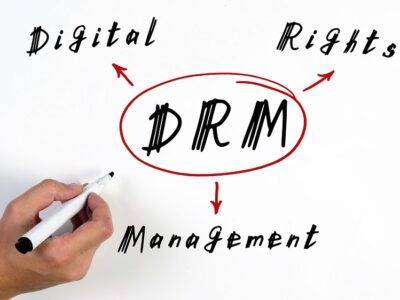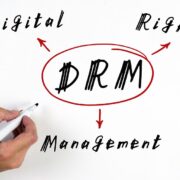
KYC or Know Your Customer is a critical function that can access as well as monitor the risks of the customers and the requirement by the laws of anti-money laundering.
If you own a financial institution, you should know your customer. Also, it is a requirement of any person to follow the fundamental duty of protecting their financial institution from being fraud or face losses or to give anyone a chance to make transactions such as money laundering.
Following are the three steps referred by KYC for any financial institutions:
- Customer identity
- Legitimate money is transacted through the account
- Follow the customer’s transaction details such that money laundering doesn’t take place.
- CIP or customer identification program: There are too many stories these days of identity theft, so how do you know that your customer isn’t a fraud, and the ID they are showing is not a counterfeit? Alone in the USA around $15 billion has been stolen in 2015. In many countries it mandatory to have KYC implemented in your financial institute.
Through the CIP, a person doing any kind of monetary transactions should have their identity verified through the financial institution they are doing the transaction. So, through this process, the governments are trying to limit terrorist funding, illegal activities, corruption and money laundering. CIP accurately verifies the authentication of a customers ID.
- Due Diligence of Customer: Trusting your potential customers as a financial institution is necessary. You have to make sure that the customer you are trusting is worthy of trust. Customer due diligence or CDD is capable of managing effectively that your customer is not involved in any criminal activity and it protects you from PEPs (politically exposed persons) and terrorists if any is using your financial institution.
CDD has three levels:
- SDD or Simplified Due Diligence: In SDD situations terrorist funding and money laundering risks are very low. So, if you have an SDD situation, CDD is not required in full. Situations like a customer having very low value in their account or a customer where the checks come from authentic level.
- CDD Basic Level: The information collected from all other customers for verifying a customer’s identity and you will look over the risks that are associated with this customer.
- Enhanced Due Diligence: This is the process of gathering more information about the customer who is at higher-risk. So, this is with the financial institution if they want to deal with them they need to make sure that they aren’t dealing with the bad
- Monitoring ongoing: There must be a program which can go on monitoring your customer on an ongoing basis.












